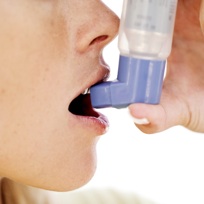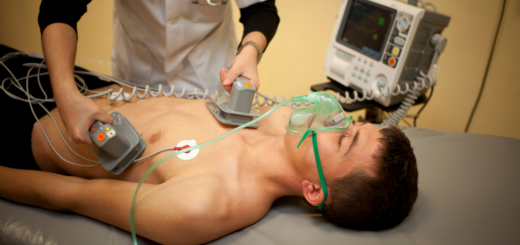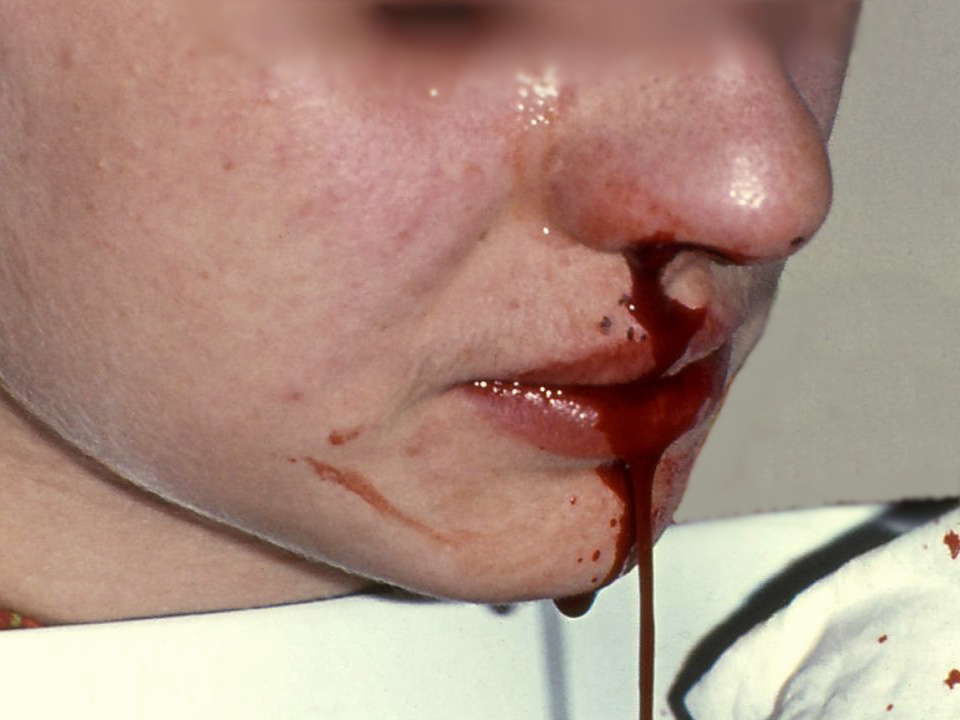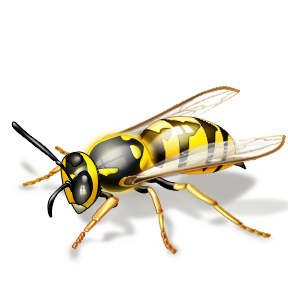First aid tip: Dealing with an asthma attack
In 2009, an estimated 17.5 million adults in the United States suffered from asthma [1]. Most of us have heard of this common medical condition, but what exactly is it?
What is Asthma?
The body has a system of tubes (known as airways) to carry air from our mouth/nose to our lungs. The largest of these is our trachea (known as windpipe). This then splits into two bronchi which then split into a network of tiny bronchioles. This network of bronchioles delivers air to the tiny sacs where gas exchange takes place (known as alveoli).
Asthma is an inflammatory condition of the smallest airways – the bronchioles. These tiny tubes can become inflamed and secrete excessive amounts of mucous causing severe difficulty in breathing. This is known as an asthma attack. The cause of asthma is thought to be a combination of environmental and genetic factors.
An asthma attack is normally triggered by something, whether it be an allergan (e.g: pollen, dust, vehicle emissions, soot etc.) or an environmental condition such as cold air. Normally, an asthma attack is charecterised by the following symptoms:
- A wheezing sounds when breathing
- Difficulty in breathing
- Unable to complete a full sentence
- Hyperventilation
- Anxiety and panic
- Reducing levels of consciousness
Remember not all of these signs and symptoms may be obvious.
The casualty may wear a bracelet on their wrist/ankle/neck with details of their asthma. Also, they may carry their medication with them.
First aid for an asthma attack
Step 1: Sit the casualty down in the position they find most comfortable for their breathing.
Step 2: Find their medication, which is normally an inhaler (possibly with a spacer device) containing a drug such as Salbutamol.
Step 3: Assist the casualty to use their medication. They should know how many doses to take and how to use the inhaler.
Step 4: Provide reassurance and help calm the person’s breathing if they are hyperventilating.
If the medication does not have any effect, the casualty starts to become drowsy/exhausted or if they have forgotten their medication then you should call an emergency ambulance immediately. If the casualty becomes unconscious, then open their airway by tilting their head back and check for normal breathing. If they are breathing then roll them onto their side to protect their airway. If they are not breathing then commence Cardiopulmonary resuscitation.
Asthma attacks can appear frightening but you should make every effort to remain calm and in-control of the situation.
[1] http://www.cdc.gov/nchs/fastats/asthma.htm






